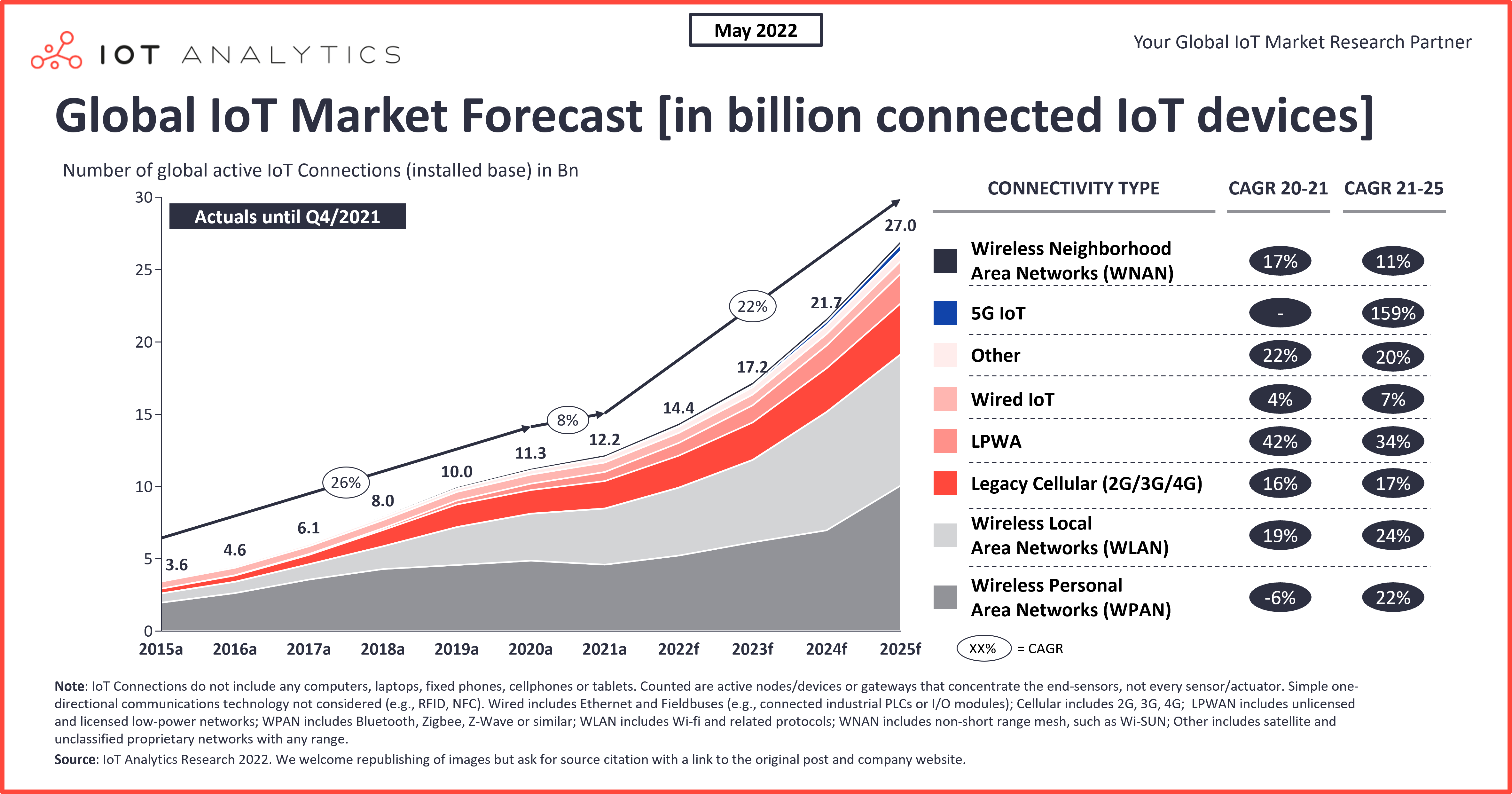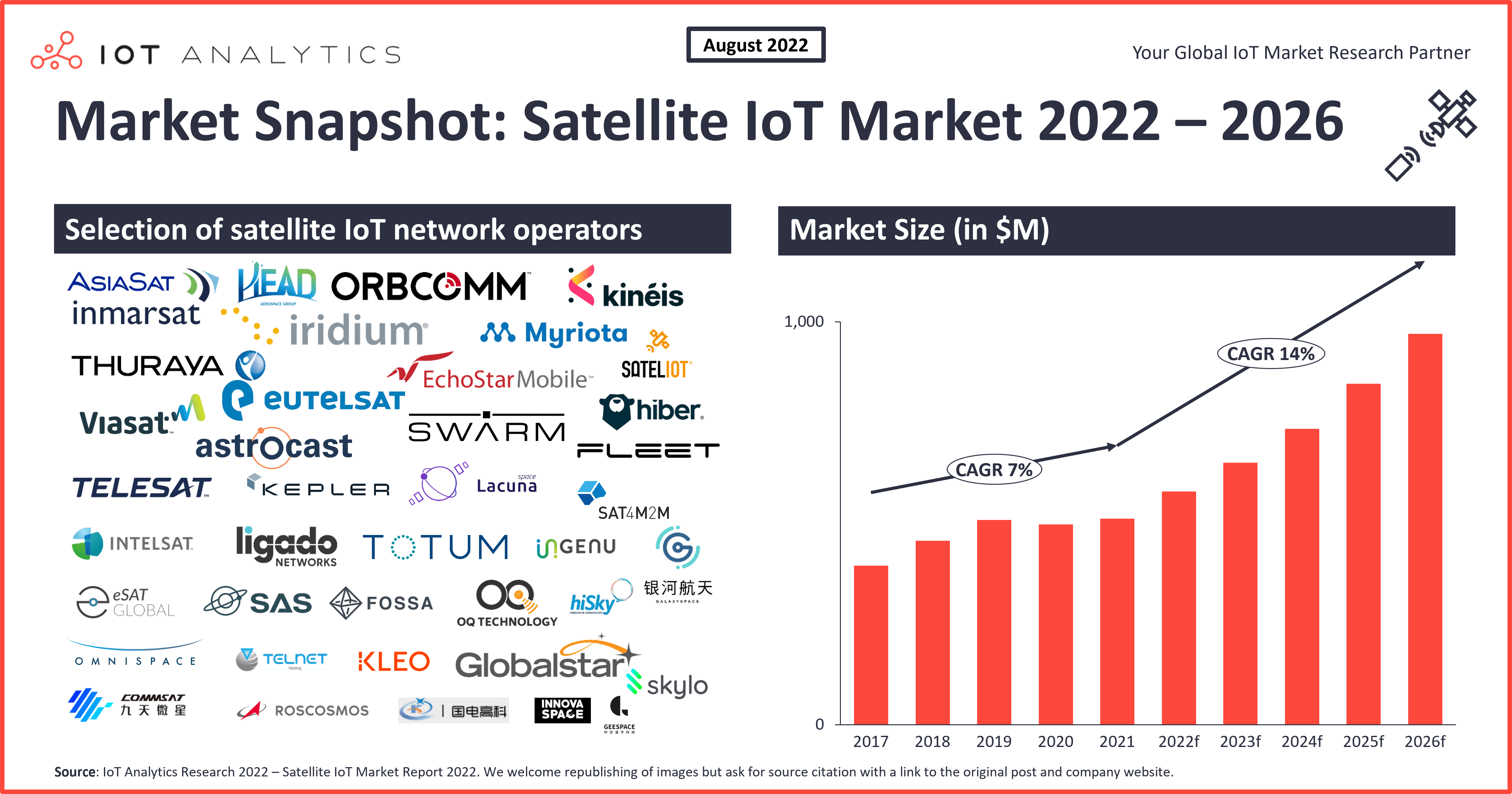Hey there tech enthusiasts, if you're reading this, chances are you're diving headfirst into the world of IoT devices remote control. And why not? The Internet of Things (IoT) has revolutionized how we interact with technology, making it possible to manage devices from anywhere in the world. But here's the kicker—connecting these devices to the cloud and using charts to monitor performance is where the real magic happens.
Imagine being able to tweak the thermostat at your home office while you're sipping coffee in another city, or checking on your smart fridge's stock without even stepping foot in the kitchen. IoT devices remote control is no longer a futuristic dream—it's a reality, and it's here to stay. But let's not forget, the cloud is the backbone that makes all of this possible.
So, whether you're a tech-savvy homeowner or a business owner looking to streamline operations, understanding how IoT devices remote control works with cloud-based charts is crucial. Stick around, because we're about to break it all down for you in a way that's easy to digest, yet packed with valuable insights.
What Are IoT Devices and Why Do They Matter?
First things first, let's get our definitions straight. IoT devices are essentially everyday objects equipped with sensors, software, and connectivity features that allow them to exchange data with other devices and systems over the internet. Think smart thermostats, security cameras, wearables, and even industrial machinery. These devices are designed to make our lives easier, more efficient, and, let's face it, cooler.
But why do they matter? Well, IoT devices remote control opens up a whole new world of possibilities. From improving energy efficiency in homes to enhancing supply chain management in businesses, the applications are virtually limitless. And with the help of IoT cloud charts, you can keep a finger on the pulse of your devices' performance in real-time.
Here's the deal: IoT devices aren't just about convenience; they're about creating smarter, more connected environments that adapt to our needs. And with the global IoT market projected to reach $1.1 trillion by 2026, it's clear that this technology is here to stay.
- Amelia Earhart The Life And Legacy Of An Aviation Icon
- Nigella Lawson News Christmas Ads Recipes More
Types of IoT Devices
Not all IoT devices are created equal. Here's a quick rundown of some of the most common types:
- Smart Home Devices: Think smart lights, thermostats, and locks.
- Wearables: Fitness trackers, smartwatches, and health monitors.
- Industrial IoT: Sensors and machines used in manufacturing and logistics.
- Healthcare IoT: Medical devices that monitor patient health remotely.
Each type serves a unique purpose, but they all share one common thread: the ability to connect to the internet and share data.
How IoT Devices Remote Control Works
Now that we've got the basics down, let's dive into the nitty-gritty of how IoT devices remote control actually works. At its core, it's all about communication. IoT devices use various protocols and networks to send and receive data, and this data is often processed in the cloud.
Here's a simplified version of the process:
- Devices collect data through sensors.
- Data is sent to the cloud via Wi-Fi, Bluetooth, or other connectivity methods.
- The cloud processes the data and sends back instructions or insights.
- Devices act on these instructions, allowing for remote control.
It's like having a personal assistant that's always on the job, keeping tabs on your devices and making sure everything runs smoothly.
Key Components of IoT Systems
To truly understand IoT devices remote control, it's important to know the key components that make up an IoT system:
- Devices: The hardware that collects and acts on data.
- Connectivity: The networks and protocols that enable communication.
- Cloud Platforms: The infrastructure that processes and stores data.
- Applications: The software that allows users to interact with the system.
Each component plays a vital role in ensuring that IoT devices can be controlled remotely with ease.
The Role of IoT Cloud Charts
Alright, let's talk about the star of the show: IoT cloud charts. These bad boys are essentially visual representations of the data collected by your IoT devices. They make it easy to monitor performance, identify trends, and make data-driven decisions.
Imagine being able to see at a glance how much energy your smart home is using, or how your industrial machinery is performing. IoT cloud charts give you that power, and more. Plus, they're customizable, meaning you can tailor them to fit your specific needs.
Here's the kicker: IoT cloud charts aren't just pretty pictures; they're powerful tools that can help you optimize your devices and save money in the long run.
Benefits of Using IoT Cloud Charts
So, what exactly do you get by using IoT cloud charts? Here are just a few of the benefits:
- Real-Time Monitoring: Get instant updates on device performance.
- Data Visualization: Turn complex data into easy-to-understand visuals.
- Trend Analysis: Spot patterns and make informed decisions.
- Customization: Tailor charts to fit your specific needs.
It's like having a crystal ball that lets you see into the future of your IoT setup.
Setting Up IoT Devices for Remote Control
Alright, so you're sold on the idea of IoT devices remote control. But how do you actually set it up? Fear not, because we've got you covered. Here's a step-by-step guide to getting started:
- Choose the right devices for your needs.
- Set up a stable internet connection.
- Download and install the necessary apps.
- Connect devices to the cloud platform.
- Start monitoring and controlling devices remotely.
It might sound like a lot, but with the right guidance, it's a breeze. And once you're up and running, you'll wonder how you ever lived without IoT devices remote control.
Common Challenges and Solutions
Of course, like with any technology, there are challenges to overcome. Here are some common issues and how to solve them:
- Connectivity Problems: Ensure a stable internet connection.
- Security Concerns: Use strong passwords and encryption.
- Device Compatibility: Choose devices that work together seamlessly.
By addressing these challenges head-on, you can ensure a smooth and hassle-free IoT experience.
Security Considerations for IoT Devices
Now, let's talk about the elephant in the room: security. With great power comes great responsibility, and when it comes to IoT devices remote control, security is paramount. After all, you don't want unauthorized access to your smart home or industrial equipment.
Here are some best practices to keep your IoT setup secure:
- Use strong, unique passwords for all devices.
- Enable two-factor authentication whenever possible.
- Keep firmware and software up to date.
- Monitor devices for unusual activity.
By following these tips, you can rest easy knowing your IoT devices are protected from prying eyes.
Emerging Trends in IoT Security
As IoT continues to evolve, so too do the methods for securing it. Here are some emerging trends to watch out for:
- AI-Driven Security: Using artificial intelligence to detect and respond to threats.
- Blockchain Technology: Implementing blockchain for secure data transactions.
- Quantum Cryptography: Exploring new encryption methods for ultimate security.
Stay ahead of the curve by keeping an eye on these developments and incorporating them into your IoT strategy.
Future of IoT Devices Remote Control
So, where is all this heading? The future of IoT devices remote control looks bright, with advancements in technology paving the way for even more possibilities. From smarter homes to more efficient businesses, the potential is truly limitless.
Here are a few trends to watch out for:
- Increased Integration: Devices will become more interconnected and seamless.
- Enhanced AI Capabilities: AI will play a bigger role in managing and optimizing IoT systems.
- Improved User Interfaces: Easier and more intuitive ways to interact with devices.
The future is now, and IoT devices remote control is leading the charge.
Preparing for the Future
To stay ahead of the game, it's important to start preparing for the future of IoT today. Here's how:
- Invest in the latest technology and stay informed about new developments.
- Focus on security and privacy as top priorities.
- Train yourself and your team on the latest IoT trends and best practices.
By taking these steps, you'll be ready to embrace the IoT revolution and all it has to offer.
Conclusion: Embrace the IoT Revolution
And there you have it—a comprehensive guide to IoT devices remote control and the power of IoT cloud charts. From understanding the basics to setting up your own IoT system, we've covered it all. But remember, the journey doesn't stop here. As technology continues to evolve, so too will the possibilities for IoT.
So, what are you waiting for? Dive into the world of IoT devices remote control and start reaping the benefits today. And don't forget to share your experiences and insights with us in the comments below. Together, we can create a smarter, more connected world.
Table of Contents
- What Are IoT Devices and Why Do They Matter?
- How IoT Devices Remote Control Works
- The Role of IoT Cloud Charts
- Setting Up IoT Devices for Remote Control
- Security Considerations for IoT Devices
- Future of IoT Devices Remote Control
Thanks for sticking around, and remember—IoT is the future, and the future is now!



Detail Author:
- Name : Prof. Sage Kuvalis V
- Username : filomena18
- Email : kwalter@nicolas.org
- Birthdate : 1970-10-02
- Address : 389 Emory Shore Reichelborough, MI 57568-9120
- Phone : (507) 448-1989
- Company : Larson, Greenholt and Rolfson
- Job : Archivist
- Bio : Dignissimos totam consequatur quia error architecto. Sit repudiandae veniam dolorem. Excepturi necessitatibus dolor itaque sit odio iusto aut. Libero quia et asperiores occaecati natus.
Socials
tiktok:
- url : https://tiktok.com/@floy5288
- username : floy5288
- bio : Libero et ducimus inventore vero ea praesentium et.
- followers : 1677
- following : 1389
twitter:
- url : https://twitter.com/greenfelderf
- username : greenfelderf
- bio : Numquam mollitia ipsum vel molestiae temporibus. Quis nisi excepturi natus dolore omnis veritatis. Nobis ut minima hic sapiente earum.
- followers : 201
- following : 934
instagram:
- url : https://instagram.com/fgreenfelder
- username : fgreenfelder
- bio : Debitis veritatis sit eum quo. Assumenda accusantium velit soluta. Quia officiis neque animi.
- followers : 5687
- following : 1576
facebook:
- url : https://facebook.com/greenfelder2016
- username : greenfelder2016
- bio : Quo veniam molestiae ut vel. Illum et quasi quam et non voluptatem.
- followers : 3156
- following : 676
linkedin:
- url : https://linkedin.com/in/greenfelder1998
- username : greenfelder1998
- bio : Laboriosam eum repellendus fugiat iusto atque.
- followers : 2164
- following : 2612